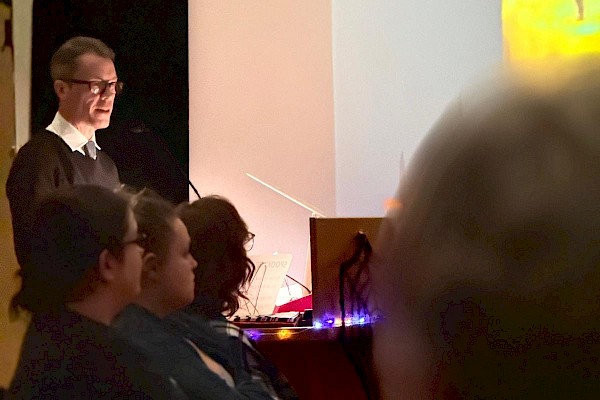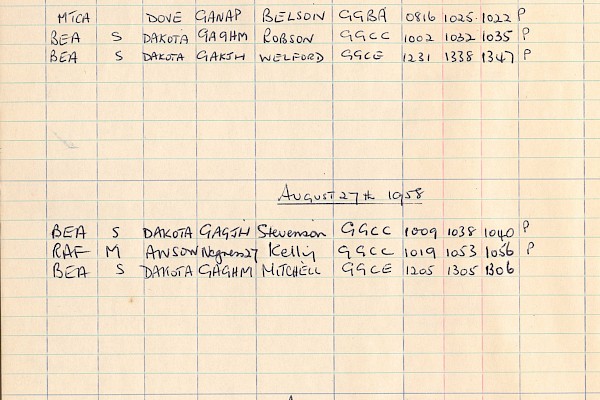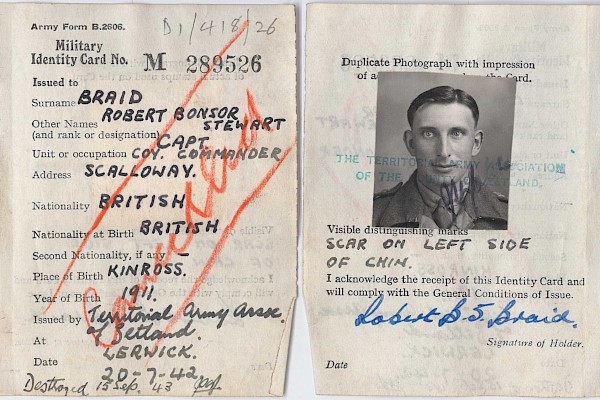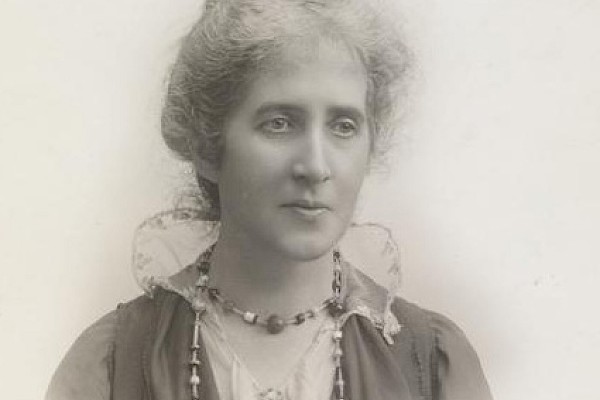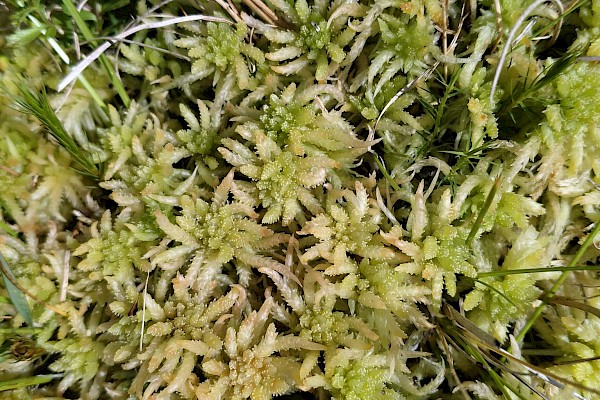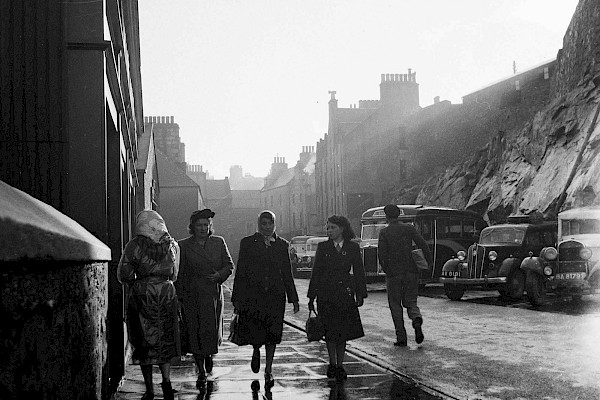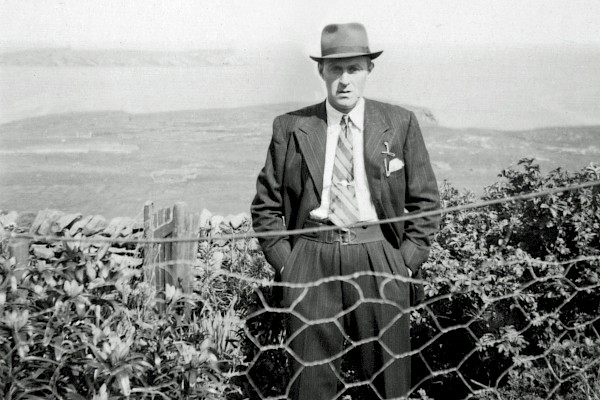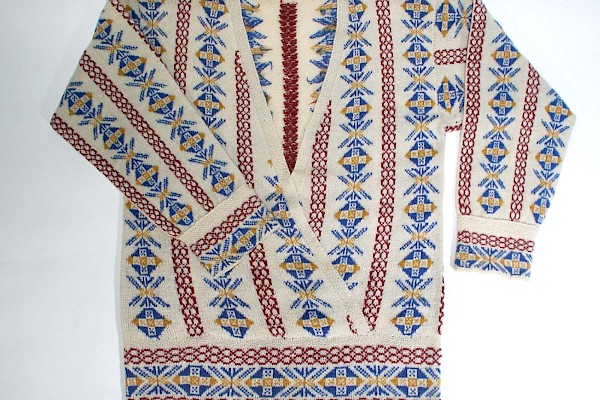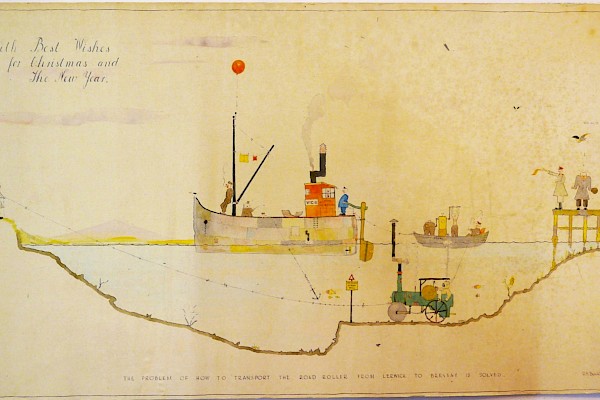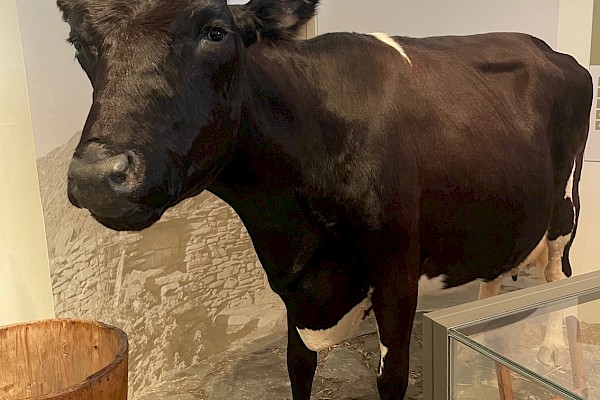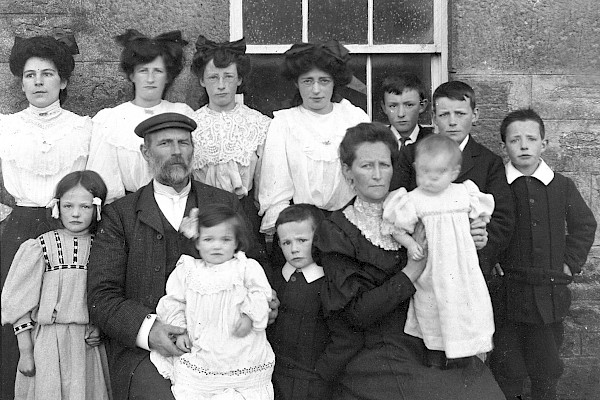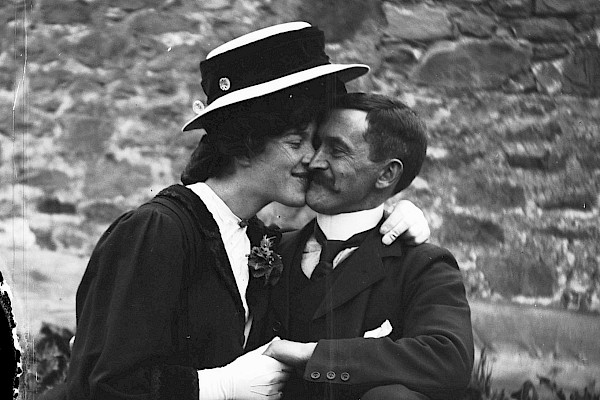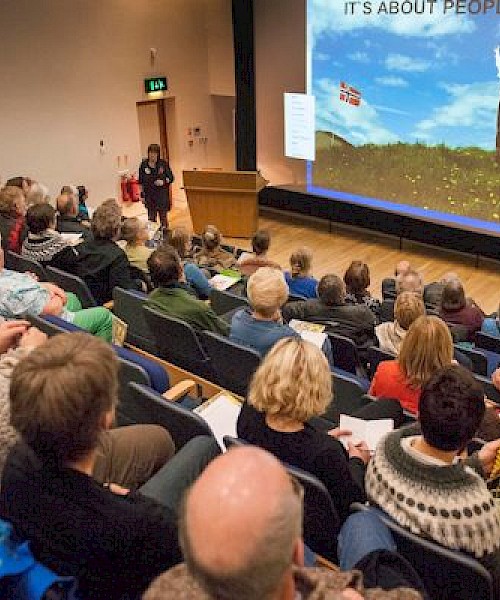Remembrance, 1925
In 1925, Shetland urged ex-servicemen to attend the Armistice parade just as they were - work clothes and all - so they could honour their fallen comrades together. That year, many more veterans stood shoulder to shoulder at the War Memorial.
Both Shetland papers had a letter published in early November 1925, to Ex-Service Men in Shetland, signed off by William Watson Cheyne (a Surgeon Rear-Admiral) and others. As well as proposing the formation of a British Legion branch it intimated that the Town Council and Zetland County Councils were recommending that businesses and shops should close between 10.30am and 11.30am on Armistice Day. There was one more important point, that men in working clothes who would return to the workplaces afterwards might feel shy to attend the parade. That feeling shouldn’t apply, they should come as they are, dirty or clean – to show their respect for their fallen comrades.
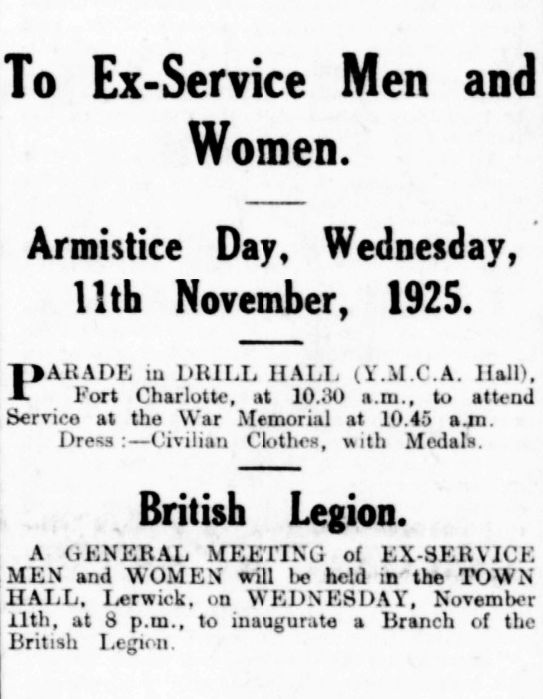

The reports from the 1924 event said about twenty ex-service men had attended at the War Memorial, although there was a large crowd. One man, Thomas Hardy, whose wife had unveiled the memorial, laid a wreath on behalf of his grandson, To my Darling Daddy, Charles Hardy, who was killed by enemy action, on 22nd October 1916. He walked in from Wadbister, and then walked back.
The letter writers, and the local authorities had had good ideas. Newspaper reports for the ceremony on Wednesday eleventh 1925 estimated one hundred ex-servicemen. They formed up in Fort Charlotte, under Major Stephen and Major Grant, then moved on to the Memorial, forming up there in fours, with a choir and the brass band on either side. Most wore their medal ribbons, some had as many as four. There was one ex-service woman, Elizabeth B. Levy, daughter of Lerwick chemist, Charles B. Stout.
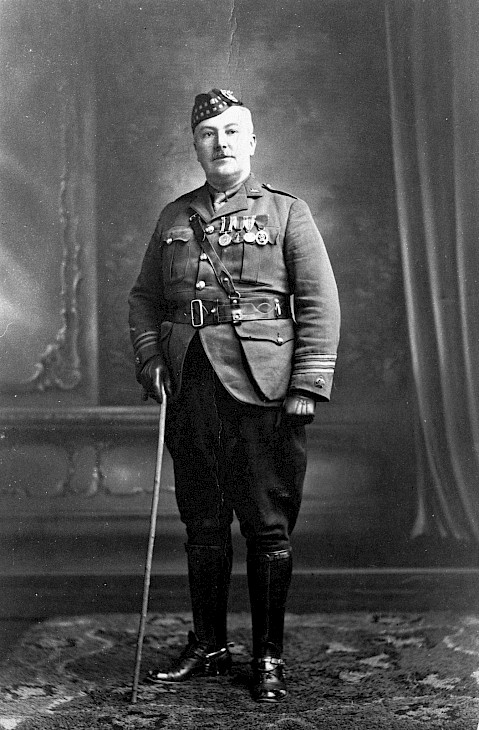
Major Alexander Stephen, Gordon Highlanders.
© Shetland Museum Photo Archive Ref: SM00087
After wreath laying and prayer, a rocket at eleven o’clock proclaimed the two-minute silence. Another rocket marked its end, and four cornet players sounded the Last Post. The ceremony ended with hymn singing, and the Revd Macintyre reading Revelations vii, 9-17 -- and God shall wipe away all tears from their eyes. Back at Fort Charlotte, Major Stephen, said how honoured he was to lead the ex-servicemen. After that, no doubt, back to work.
In the evening many of them might have turned up at a meeting that led to the foundation of the British Legion branch in Lerwick. There were certainly more veterans at the 1925 Armistice Day than in 1924. That might have been due to time off rather than welcoming people in working clothes. There isn’t a photo of the 1925 Armistice event – at least one the Museum and Archives know of – that shows how the ex-servicemen were dressed. Did many of them turn up in their overalls, dungarees, and tackety boots? It would be nice to know.
